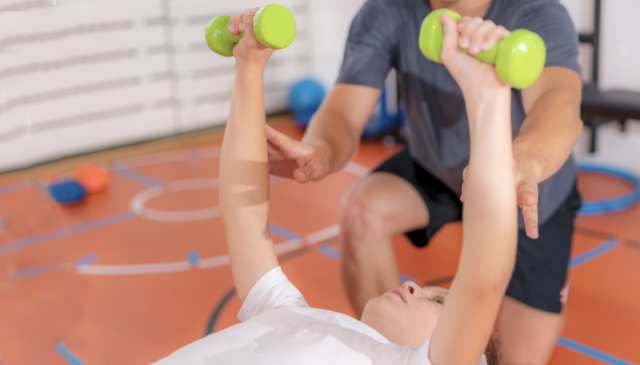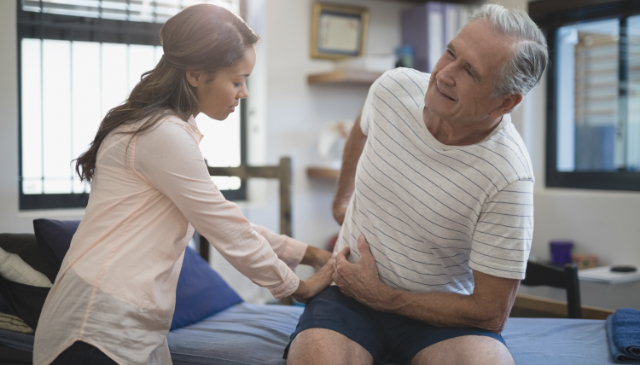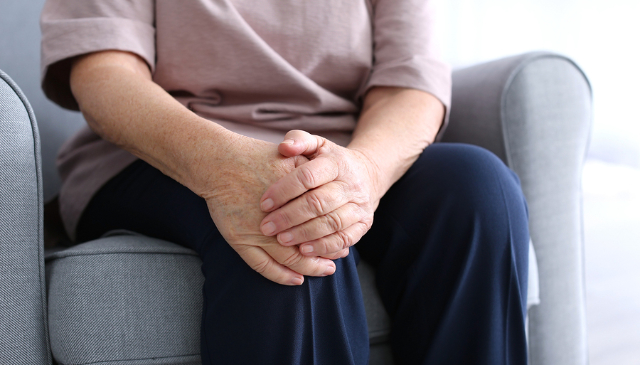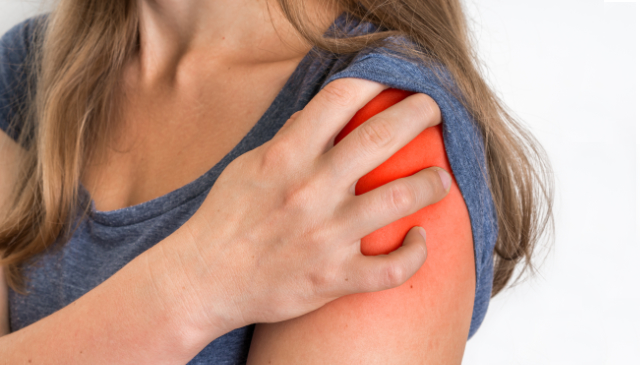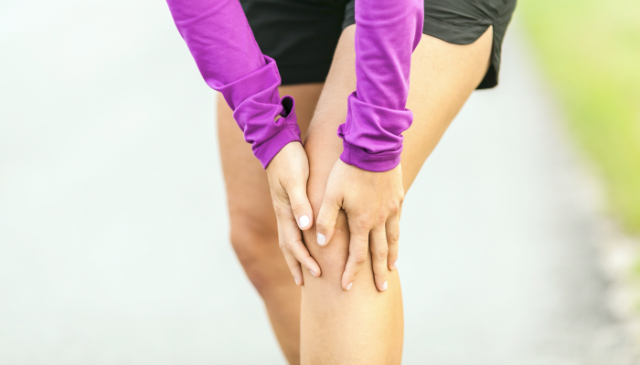
Why ACL Health Matters
The anterior cruciate ligament (ACL) is a critical stabilizer in the knee joint that ensures smooth movement during physical activity. Whether you’re an athlete aiming for peak performance or someone staying active to maintain good overall health, the ACL plays a vital role in your mobility and stability. But ACL injuries are also notoriously common, especially in sports requiring quick pivots, jumps, or sudden changes in direction.
For those who undergo ACL reconstruction surgery, the journey doesn't end in the operating room. Recovery is a crucial phase of getting back on the field or court, and always includes a strong focus on preventing re–injury. Research shows that returning to sport too soon after surgery can increase the risk of a second ACL injury, especially in non–professional athletes. Therefore, understanding how prevention strategies and proper rehabilitation can protect your knee is key to staying active and injury–free.
Causes and Risks of ACL Injuries
ACL injuries occur when the ligament is stretched or torn, often during high–impact activities. Below are some of the most common causes and risk factors:
- Sudden Direction Changes: Quick pivots or sidesteps can strain the ACL.
- Landing Incorrectly from a Jump: Poor landing mechanics increase the likelihood of injury.
- Contact Collisions: Direct blows to the knee, which are common in sports like football or basketball.
- Muscle Weakness or Imbalance: Uneven strength in the legs can shift undue stress to the ACL.
- Returning to Activity Too Soon: Inadequate recovery time post–surgery can lead to re–injury.
Young athletes, particularly those under the age of 25, face a heightened risk of re–injury when returning to sports prematurely. This underscores the importance of completing a comprehensive rehabilitation program before returning to play.
Prevention Tips: Protecting Your ACL
Although ACL injuries can be devastating, it's important to realize that in many cases, they are also preventable. Physical therapists see patients with ACL injuries frequently and have a deep understanding of the characteristics that increase injury risk. They can use this knowledge to develop a personalized program for you to reduce your risk of an ACL injury, which will typically include some of the following components:
Strength Training
Building strong quadriceps, hamstrings, and gluteal muscles provides essential support for the knee. Exercises like squats, lunges, and those that use resistance bands are highly effective for these purposes.
Improving Balance and Stability
Incorporating balance exercises, such as single–leg stands or wobble board training, can help enhance your coordination and knee stability.
Perfecting Movement Mechanics
Therapists can teach proper techniques for jumping, landing, and cutting to minimize strain on the ACL.
Recovery and Rehabilitation: The Key to Long–Term Success
For patients with an ACL tear who decide to have reconstructive surgery, physical therapy will also play an essential role in the recovery process by helping the patient gradually return to their previous level of physical function. Rehabilitation will include these steps:
Restoring Range of Motion and Strength
Regaining full range of motion in the knee is one of the earliest goals after surgery. Our therapists will use stretching, mobility drills, and progressive strengthening exercises to rebuild muscle and joint function. Exercises may include the following:
- Isometric Exercises: To gently reintroduce strength without stressing the ligament.
- Functional Training: Prepares the knee for real–life activities, such as running or climbing stairs.
Advanced Techniques for Pain Relief
Modalities such as ice therapy, electrical stimulation, and manual therapy can reduce inflammation and ease discomfort during recovery.
Psychological Support and Confidence Building
Fear of re–injury can hinder progress. Physical therapists work to rebuild your confidence in your knee's strength and stability, ensuring you're mentally ready to return to activity.
Long–Term Maintenance
Even after returning to sport, ongoing care is crucial to protect your knee and prevent future injuries:
- Regular Strengthening Exercises: Maintaining muscle balance around the knee.
- Periodic Check–Ins with a Therapist: Monitoring progress and addressing any concerns.
- Listening to Your Body: Recognizing early signs of overuse or discomfort can prevent setbacks.
Recovering from ACL reconstruction surgery requires dedication and the right support system. By committing to a structured rehabilitation program that is focused on preventing re–injury and long–term knee health, you can confidently return to the activities you love without compromising your safety.
Contact Us Today For More Information
If you're recovering from an ACL injury or are looking for ways to reduce your risk for injuring it in the future, we can help. Contact us today for more information or to schedule an appointment.
Click here for more information about how to prevent re–injury after ACL reconstruction.


